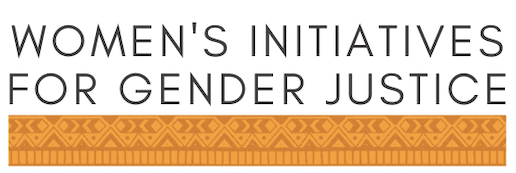Gender Justice Legacy Wall
Launched in December 2017 at the United Nations in New York during the ICC Assembly of States Parties, the Legacy Wall honours and celebrates many of those who, over the past 125 years, have contributed to the field of international gender justice as practitioners, advocates, judges, prosecutors, grassroots and other organisations, survivors, witnesses (by number for anonymity), academics, diplomats and others. The Legacy Wall recognizes 151 judges, prosecutors, advocates, victims, witnesses, politicians, diplomats academics, grassroots and international organisations and UN personnel who have contributed to raising awareness about violence against women including conflict-related sexual violence, and who have contributed to establishing and expanding justice for victims of these crimes.
The names installed on the Gender Justice Legacy Wall are representative of the disciplines which have helped to shape this work and those selected will reflect regional diversity, a variety of contributions to international gender justice, as well as noteworthy and memorable developments. Rather than being a comprehensive list, those selected for the launch of the Legacy Wall are emblematic of the fields which have contributed to gender justice. The Legacy Wall is intended to be a living legacy with more names to be added at future significant anniversaries of the Rome Statute, as the gender justice field continues to evolve, as others are recognised and as future generations join and contribute to this endeavour.
Civil society actors, academics and practitioners were consulted in the process of developing the inaugural list of honourees for the Gender Justice Legacy Wall. The Board of the Women’s Initiatives for Gender Justice selected the final set of honourees. We celebrate and honour those whose work, resilience and vision have inspired incredible developments in the gender justice field.
More information about the launch can be found here. Photos from the launch can be accessed here.
Pour la version française, voir ici.
